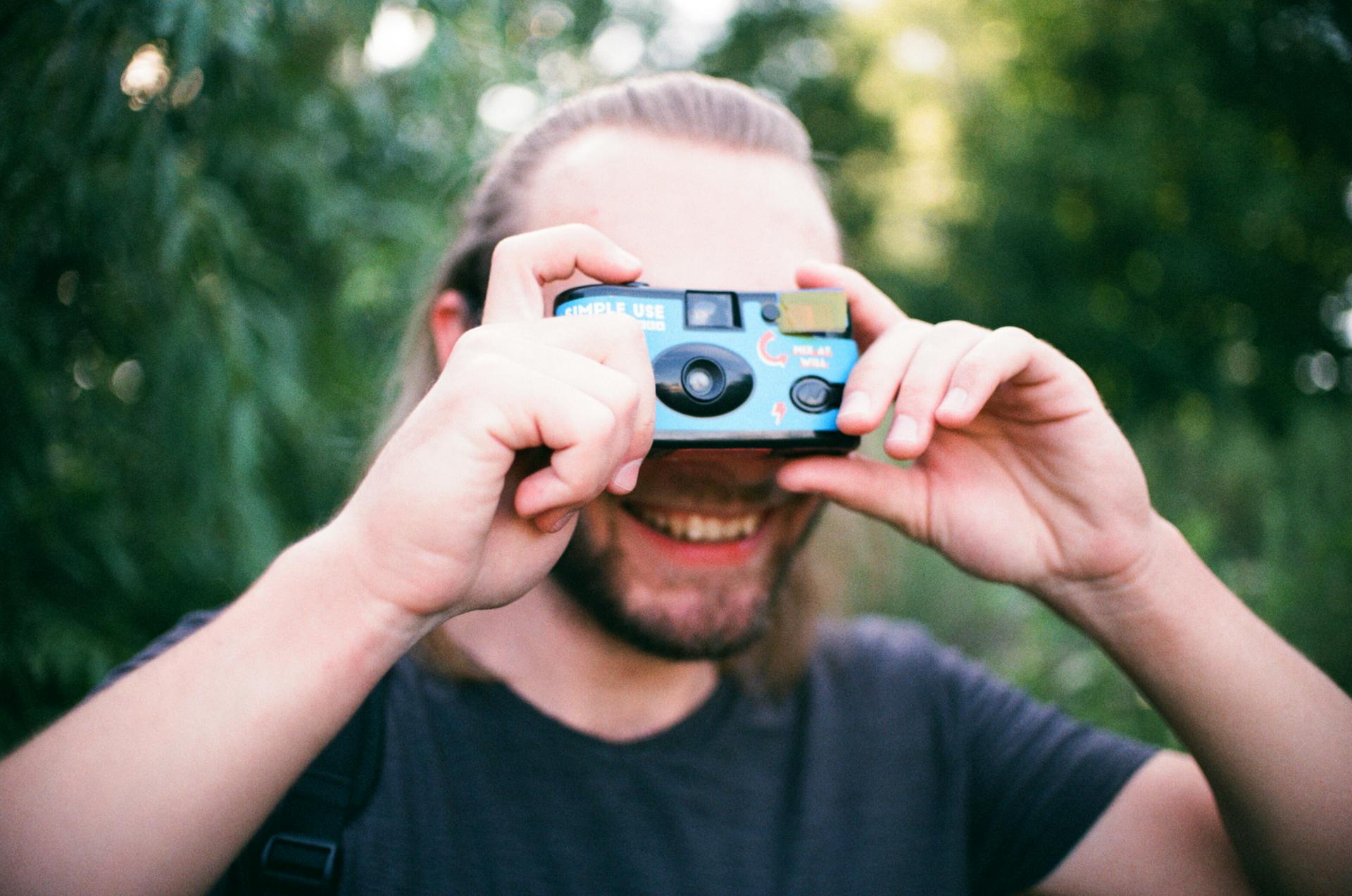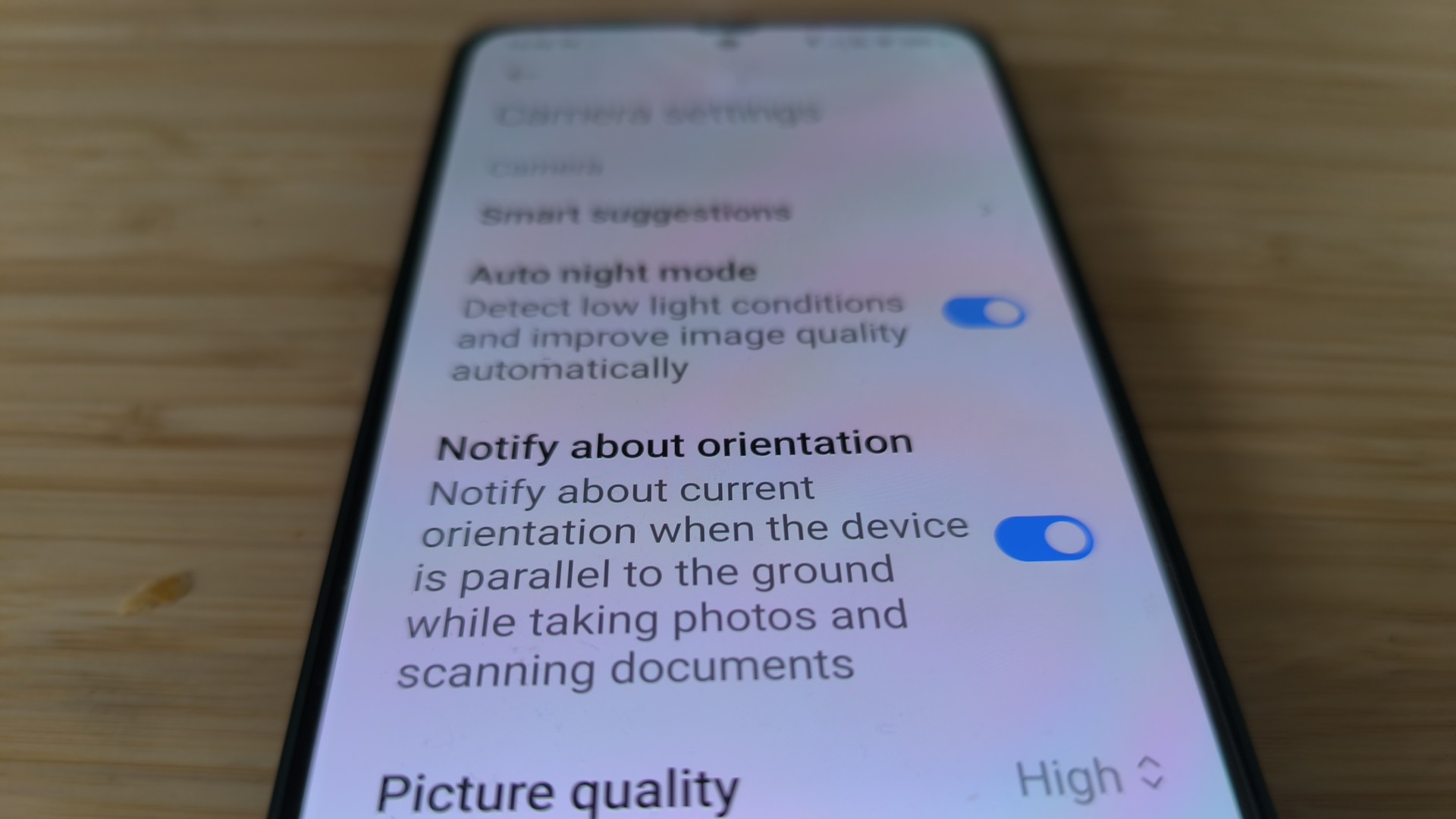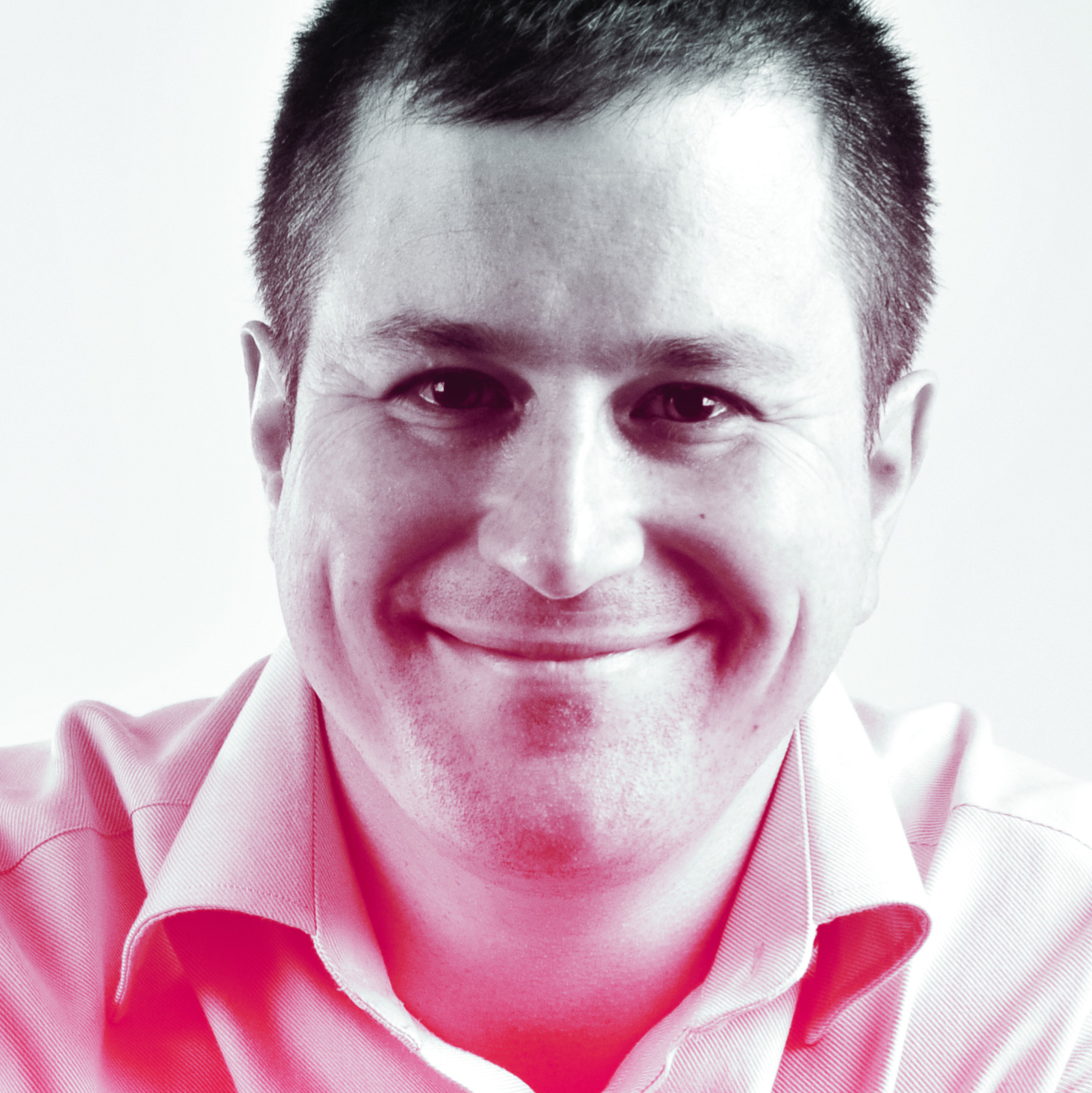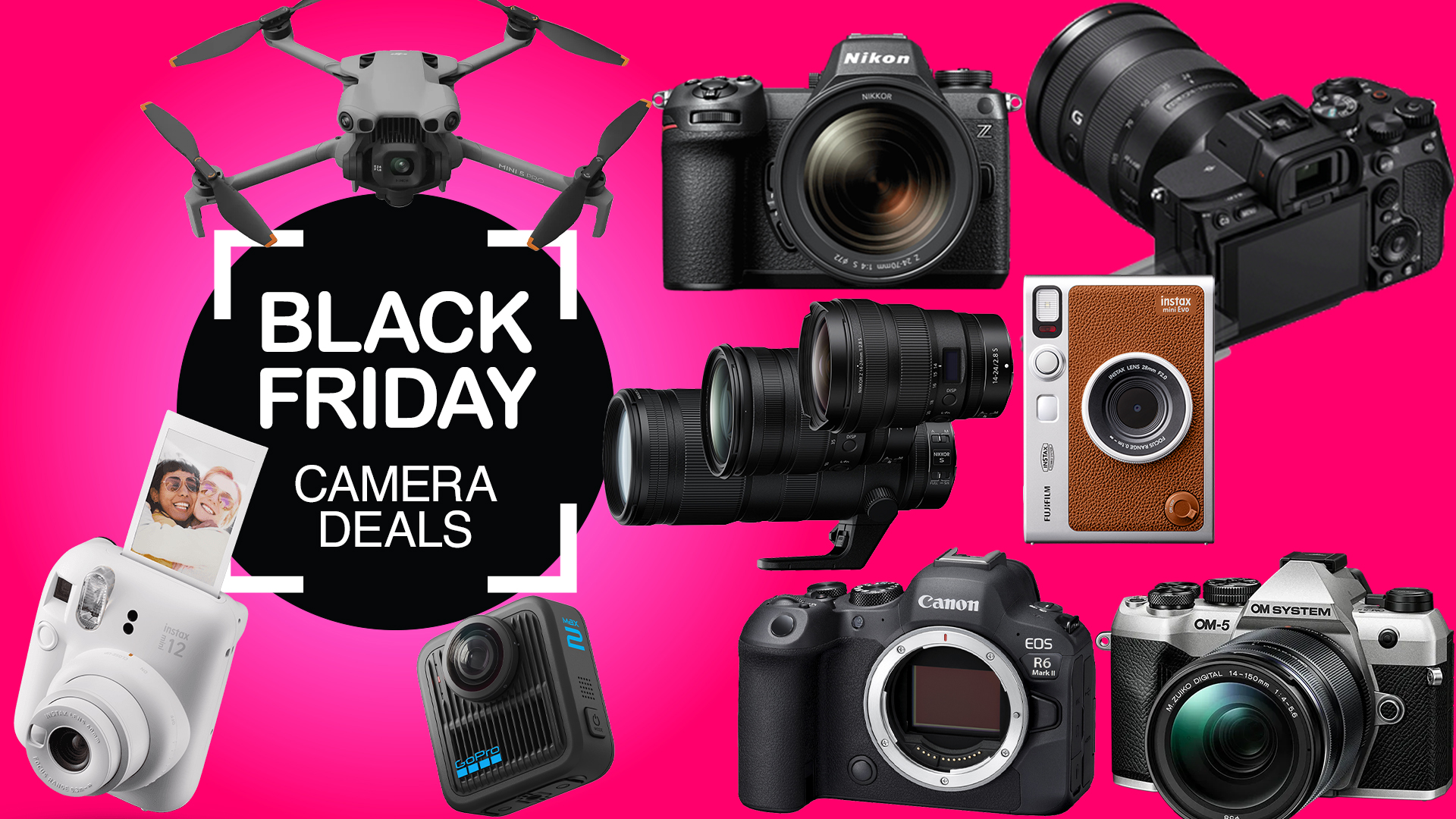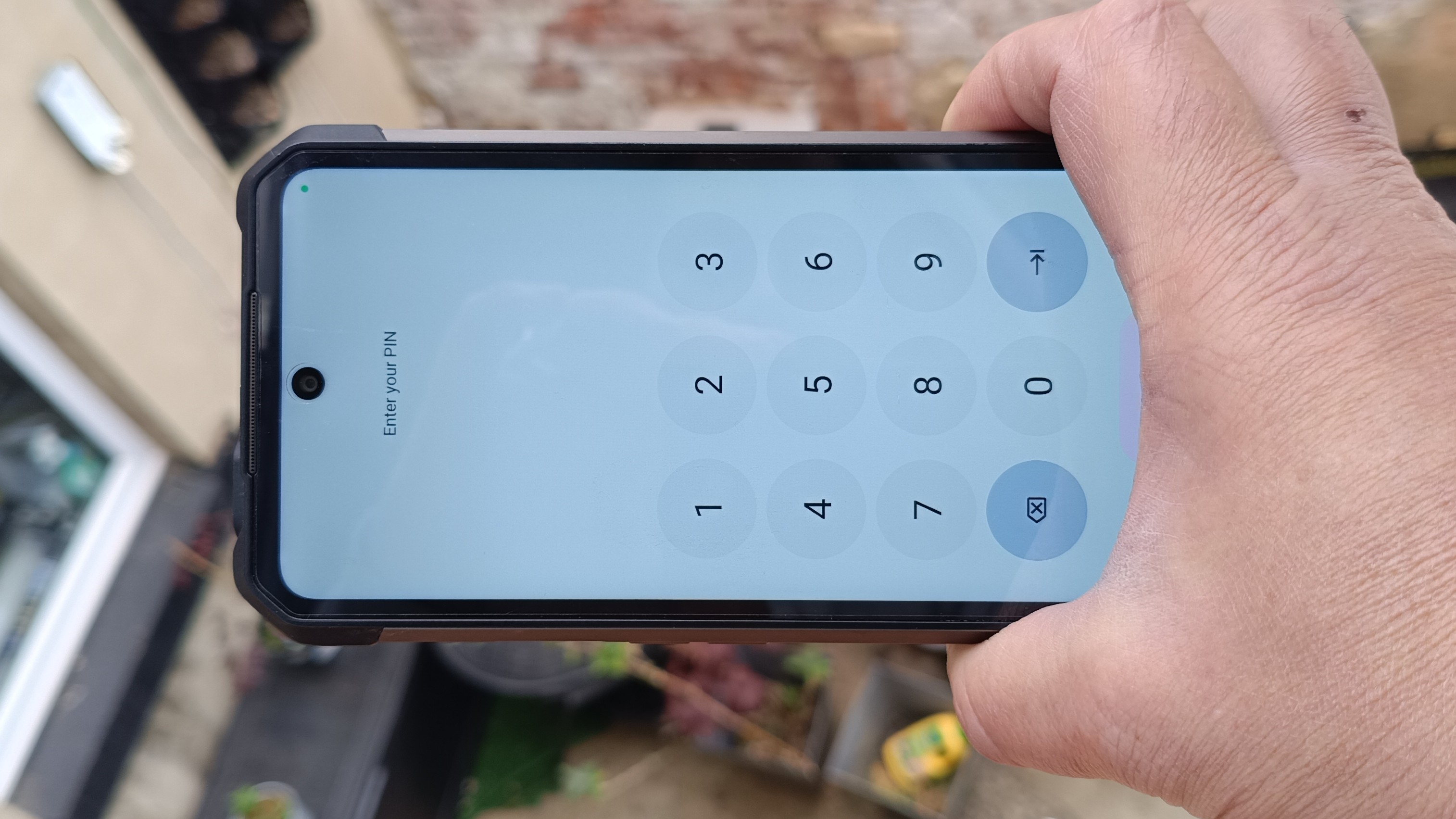
Last weekend, I watched a friend's five-year-old daughter gleefully snapping away with a disposable film camera at her brother's birthday party. Click. Wind. Click. Wind. No reviewing, no filters, no paralysis from endless options. Just pure, in-the-moment photography.
It hit me then: when did taking a simple photograph on our supposedly advanced smartphones become so complicated?
I pulled out a flagship phone I was reviewing and counted the steps to take a basic photo. There were quite a few.
Unlock phone by entering the PIN. Find camera app. Wait for it to load. Dismiss notification about storage being nearly full. Accidentally trigger portrait mode. Switch back to standard mode. Deal with an aggressive HDR that makes everything look artificially vibrant. Finally take photo. Get prompted to "enhance" it. Decline. Then another prompt asking if I want to save to the cloud.
What happened to just pressing a button?
Why so complicated?
The disposable camera my niece was using cost $12. This smartphone cost over $1,000. Yet somehow, the disposable offered something that my phone couldn't: simplicity.
Don't get me wrong: I'm a tech enthusiast, and fully appreciate computational photography's technical achievements. The ability to take low-light shots that would have required tripods and long exposures just a decade ago is remarkable. Portrait modes that simulate expensive lenses are clever, too. But somewhere along the way, have we lost the plot?
The best camera deals, reviews, product advice, and unmissable photography news, direct to your inbox!
Camera interfaces on modern smartphones have become bewildering control panels with modes upon modes: Photo, Video, Portrait, Night, Panorama, Pro, Super Resolution, Action, Cinema, Slow-Mo, Time-Lapse, and a dozen more manufacturer-specific options with marketable names.
Then there are the AI-powered scene recognizers, automatic "best shot" selectors, and real-time filters. Just reading it all is exhausting.
This complexity comes with real costs. The most obvious is missed moments. How many times have you fumbled with settings while the perfect shot disappeared? Or been so distracted by options that you forgot to actually experience the sunset you were photographing?
The irony is that the computational power in today's phones could make photography simpler, not more complicated. These devices have the capability to handle everything automatically – exposure, focus, timing – leaving us free to concentrate solely on composition and moment. Instead, they've given us more knobs to fiddle with.
Too many decisions
Some will argue that most phone photography modes are optional – that you can ignore the complexity. But even the basic interfaces in most camera apps now require multiple decisions before taking a photo.
And the defaults are often oriented toward producing unnaturally processed images that cater to social media aesthetics, rather than faithful representations.
I'm not a Luddite. I'm not advocating for a return to film or abandoning computational photography's genuine advances. What I want is thoughtful simplicity. A camera experience that respects both the moment and the photographer's intent.
Imagine this: a dedicated physical button on your phone that, with one click, opens the camera and takes a photo instantly. No unlocking, no app-switching, no modes to select.
The camera would use all its computational magic behind the scenes – combining multiple exposures, enhancing details, reducing noise – but wouldn't ask you to make technical decisions in the moment. Afterward, you could edit if desired, but the immediate act of photography would be frictionless.
To be fair, some phone makers are moving closer to this. Physical camera buttons exist on certain models, most notably the camera control button on the iPhone 16 Pro Max, but they still launch complex camera apps. Nobody so far has truly committed to simplicity as a core photographic value.
The smartphone makers who figure this out – who understand that sometimes less is more – will earn devoted customers. Not just from technological laggards who want simpler devices, but from serious photographers who recognize that the best camera isn't the one with the most features; it's the one that captures what you see when you see it.
Until then, I'll keep wading through camera interfaces that increasingly resemble airplane cockpits, occasionally thinking about that kid with her disposable camera – click, wind, click – capturing memories without a settings menu in sight.
Because sometimes, the most "advanced" technology is the kind you don't have to think about at all.
You might also like…
If the best camera phones aren't doing it for you, take a look at the best point and shoot cameras and the best film cameras.
Tom May is a freelance writer and editor specializing in art, photography, design and travel. He has been editor of Professional Photography magazine, associate editor at Creative Bloq, and deputy editor at net magazine. He has also worked for a wide range of mainstream titles including The Sun, Radio Times, NME, T3, Heat, Company and Bella.
You must confirm your public display name before commenting
Please logout and then login again, you will then be prompted to enter your display name.
